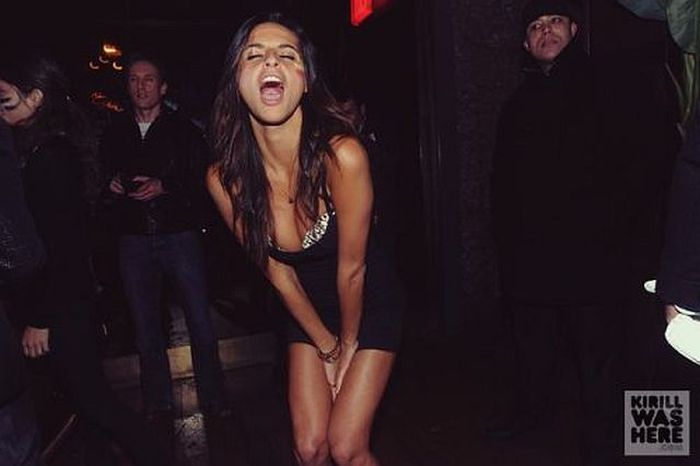|
|
Nightlife Party Girls
|
In Harlem, the Cotton Club and Connie's Inn were popular venues for white audiences. Before 1953 and even some years thereafter, most bars and nightclubs used a jukebox or mostly live bands. In Paris, at a club named "Whisky à Gogo", founded in 1947 , Régine in 1953 laid down a dance-floor, suspended coloured lights and replaced the juke-box with two turntables which she operated herself so there would be no breaks between the music. The Whisky à Gogo set into place the standard elements of the modern post World War II discothèque-style nightclub. In the early 1960s, Mark Birley opened a members-only discothèque nightclub, Annabel's, in Berkeley Square, London. In 1962, the Peppermint Lounge in New York City became popular and is the place where go-go dancing originated. However, the first rock and roll generation preferred rough and tumble bars and taverns to nightclubs, and the nightclub did not attain mainstream popularity until the 1970s disco era.
1970s: Disco
By the late 1970s many major US cities had thriving disco club scenes which were centered around discothèques, nightclubs, and private loft parties where DJs would play disco hits through powerful PA systems for the dancers. The DJs played "... a smooth mix of long single records to keep people 'dancing all night long'" Some of the most prestigious clubs had elaborate lighting systems that throbbed to the beat of the music.
Some cities had disco dance instructors or dance schools which taught people how to do popular disco dances such as "touch dancing", the "hustle" and the "cha-cha-cha". There were also disco fashions that discothèque-goers wore for nights out at their local disco, such as sheer, flowing Halston dresses for women and shiny polyester Qiana shirts for men. Disco clubs and "...hedonistic loft parties" had a club culture which had many Italian-American, African American, gay and Hispanic people.
|
|









